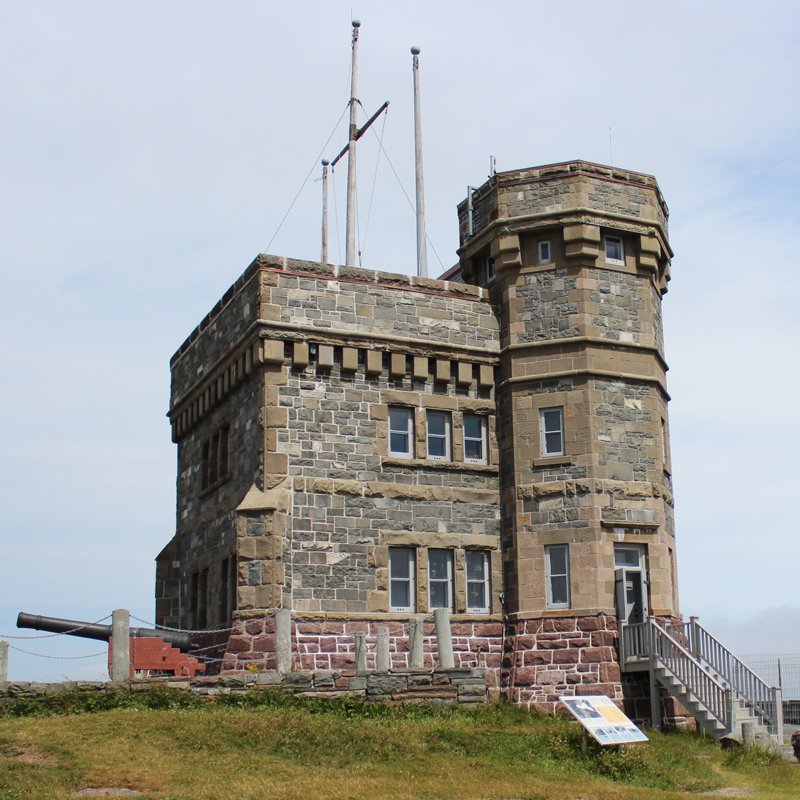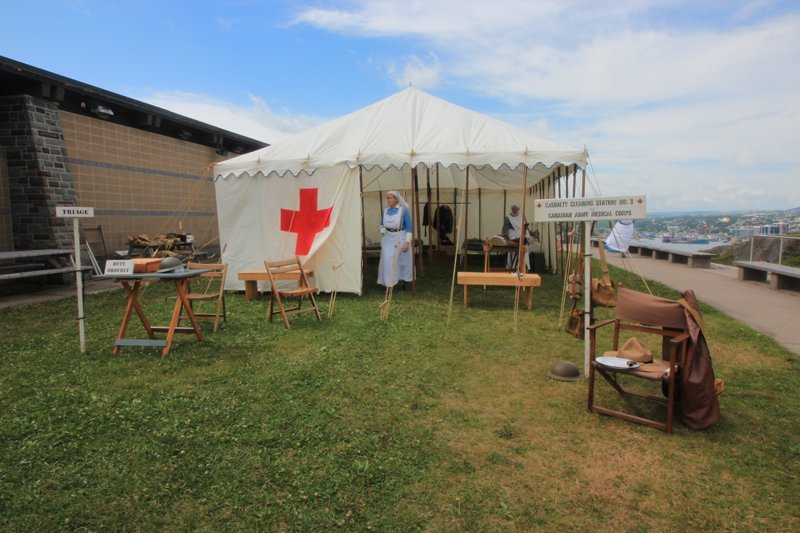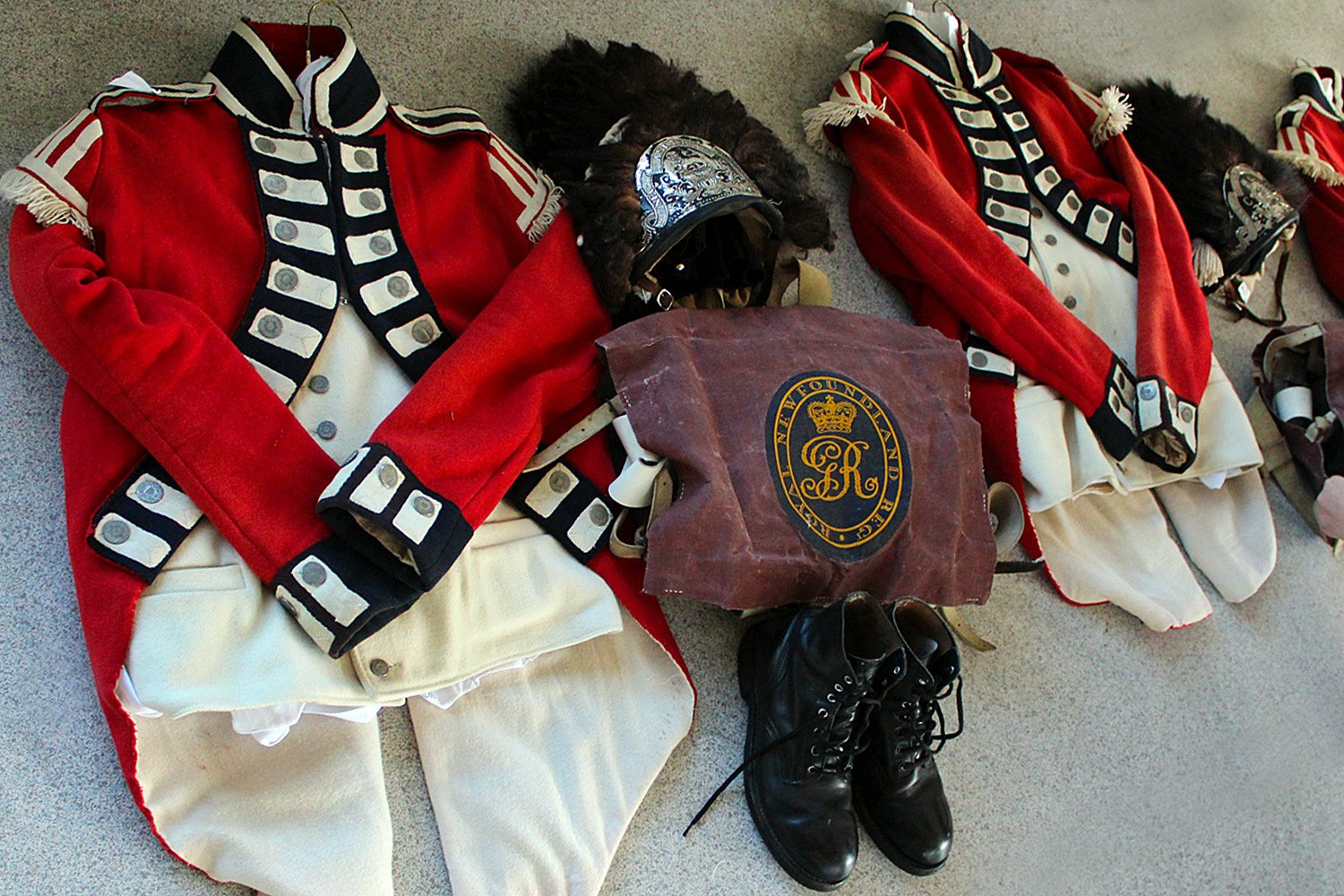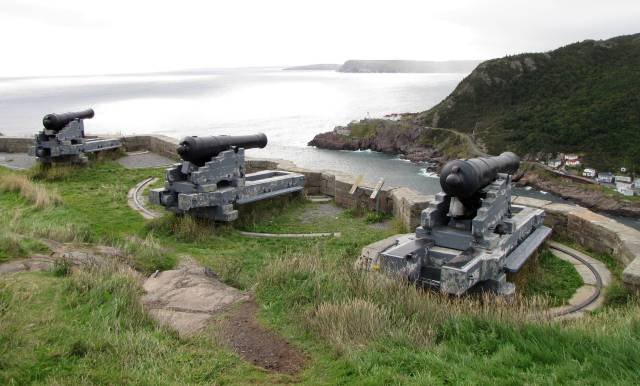Signal Hill
Signal Hill History
Dominating the skyline and located overlooking the narrow entrance to St. John’s harbour, Signal Hill has been a key part of this province’s military and communications history and has shaped Newfoundland’s place in the world.
On June 27, 1762, during the Seven Year’s War, St. John’s found itself under attack by French forces under the command of the Comte d’Haussonville. After successfully capturing St. John’s, d’Haussonville based his forces around Signal Hill. To retake the settlement, English forces under William Amherst landed at Torbay on September 13.
The Battle of Signal Hill took place on the morning of September 15 when the 200 English soldiers climbed Signal Hill, attacking 295 French infantry. The attack, which caught the French by surprise, resulted in the French forces retreating and surrendering three days later.
The Battle of Signal Hill was the final battle of the Seven Year’s War in North America, which secured Great Britain as the prominent European power in North America.
In 1897, Cabot Tower was commissioned to commemorate the 400th anniversary of John Cabot’s discovery of Newfoundland and Queen Victoria’s Diamond Jubilee. An excellent example of late-Gothic Revival architecture, the tower was designed by St. John’s architect William Howe Greene.
In 1901, Signal Hill was at the centre of a major international breakthrough. Guglielmo Marconi, using an antenna suspended 500 feet by kite, received the first transatlantic wireless signal, the letter ‘S’ in Morse code. Marconi’s breakthrough, which was part of an ongoing rivalry with many inventors, led to a new age in communication technology.
Today, Signal Hill offers a number of opportunities to visitors. Cabot Tower is a must see – a stone fortress at the top of the hill where soldiers and signalmen kept a watchful eye. On the main floor of the tower you will find the Heritage Shop. Come in and enjoy the music and laugh with the staff about the weather and the wind while you shop a great selection of gifts, craft, music and books. Pick up a copy of The Lookout and you will learn about the people who lived and worked on Signal Hill. Detailed interpretation of the site is available at the Visitor’s Centre. In addition to the site’s history, it boasts breathtaking views of St. John’s and the rugged coast of the Avalon Peninsula. There is also a hiking trail which leads from Cabot Tower to the Battery and back.
HSA’s Contribution
First World Encampment
1812 Commemoration Events
Vistor Center Exhibition
Signal Hill Tattoo Uniform Fund
Cabot Tower Refurbishment
In 2016, the HSA cosponsored the event After Beaumont Hamel: Rebuilding the Newfoundland Regiment at Signal Hill National Historic Site.
In 2013, the HSA cosponsored various activities at Signal Hill National Historic Site to enhance awareness and knowledge of the War of 1812 and it's significance in Canada's history.
From 2005 to 2010, HSA provided $300,000 in support towards the new exhibition located inside the Visitor Centre at Signal Hill
Since 2000, HSA has provided annual funding towards the running of the Signal Hill Tattoo
Signal Hill Tattoo
$270,000 was contributed by the HSA towards the refurbishment of the interior of Cabot Tower on Signal Hill in 1992.
In 2004 HSA contributed $43,000 to a special uniform fund for the Signal Hill Tatoo.
Queen's Battery Barracks Reconstruction
In 1983, HSA provided $350,000 for the reconstruction of the Queen’s Battery Barracks at Signal Hill National Historic Site of Canada.








